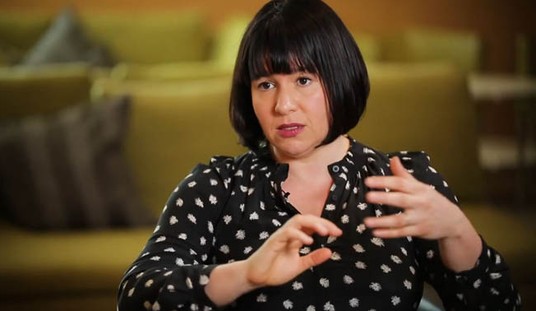The LA Times pauses this week to take a look at how much progress the “diversity initiative” at the Academy of Motion Picture Arts and Sciences has achieved in a couple of years. You’ll recall the complaints a few years back about #OscarsSoWhite which might have been even less of a story than #OscarsSoMale in the minds of some. They promised that they would do something about that and got to work inviting several hundred more “diverse” members from multiple countries to join the Academy.
This year they went even further, sending out nearly 1,000 invitations all across the globe. Is that going to be enough? The Times is dubious.
It’s not a stretch to say that today’s motion picture academy — now consisting of more women (31%, up 6% since 2015) and people of color (16%, double the number three years ago) — has been altered significantly.
However, that change has yet to really manifest itself at the Oscars. It’d be hard to argue that the Academy Award winners of the past couple of years have been appreciably different from those of previous seasons — or markedly distinct in and of themselves.
By the time Oscar nominations are announced, the Golden Globes, Screen Actors Guild Awards and Film Independent Spirit Awards have already provided an awards season road map. And Oscar voters haven’t exactly taken the road less traveled.
How diverse are the invitees? In a separate article we get a glimpse at the range of ages and geographic locations of the new members.
This marks the academy’s largest and most diverse class ever — ranging in age from 14-year-old actress Quvenzhané Wallis (who, at 9, became the youngest ever lead actress nominee) to 86-year-old Russian composer Sofia Gubaidulina — topping last year’s 774 new members, which itself was a leap over the previous year’s 684 invitees.
The new additions — which, according to the group’s figures, are 49% female and 38% people of color — swells the membership of Hollywood’s leading institution to more than 9,200. In just three years, the academy has grown by more than 25%, dramatically reshaping the 90-year-old organization, though not without generating controversy among some within its ranks.
But none of this answers the original question being asked or addresses the complaint which started all of this. People apparently want to know if all of this new diversity among the voting members will stop the Academy from yet again nominating and awarding a bunch of white, male actors and films produced and directed by a second group of older, white, males. Isn’t that the real goal here, folks?
While I’m sure I’m going to get into trouble for this, can I just ask one little question here? Aren’t all of the members of the Academy supposed to be voting on which movie is the best, which actor did the best job, which costumes were the most skillfully crafted and such? Are films or performances going to be given “extra credit” based on the diversity of the cast and crew?
These debates make it sound as if one of two things is going on. One possibility is that the white males in the Hollywood entertainment complex (which constantly preaches to the rest of us about racism, misogyny, etc.) weren’t giving out awards based on merit, but rather only to the elite. But even if we accept that as being true, the second option is that these new members are going to “fix” that by purposely selecting films not built around white people. But if that’s the case, they still won’t be giving awards based on merit.
Or is that too harsh? Right now they have people in the industry complaining that they will have to get screeners of all the films out to scattered places around the globe and collect their votes in a short period of time. That’s probably worth the hassle if you’re really solving a serious problem. But what if you’re just substituting one form of selection bias for another?








Join the conversation as a VIP Member